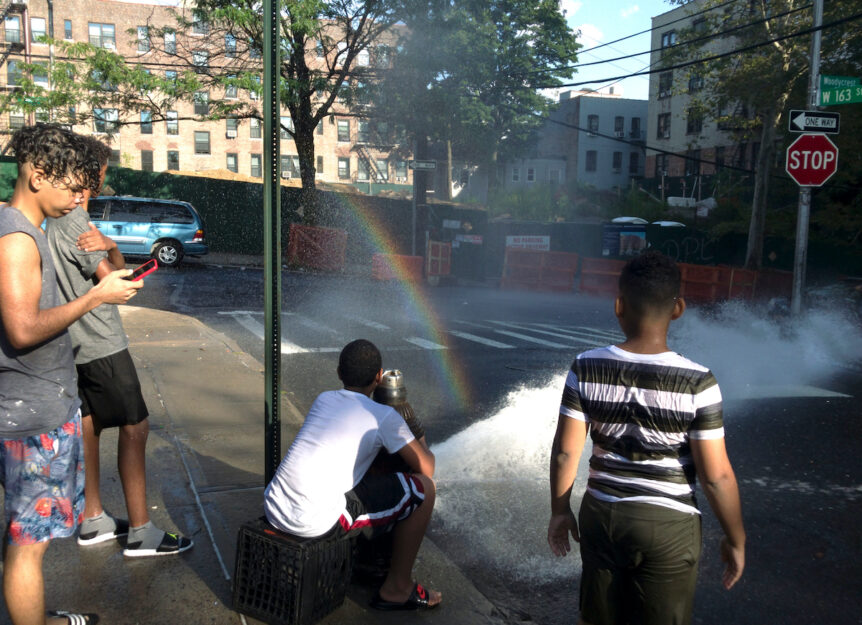As heat waves swept across America last week, the Bronx bore the brunt of it.
Heatwave Havoc
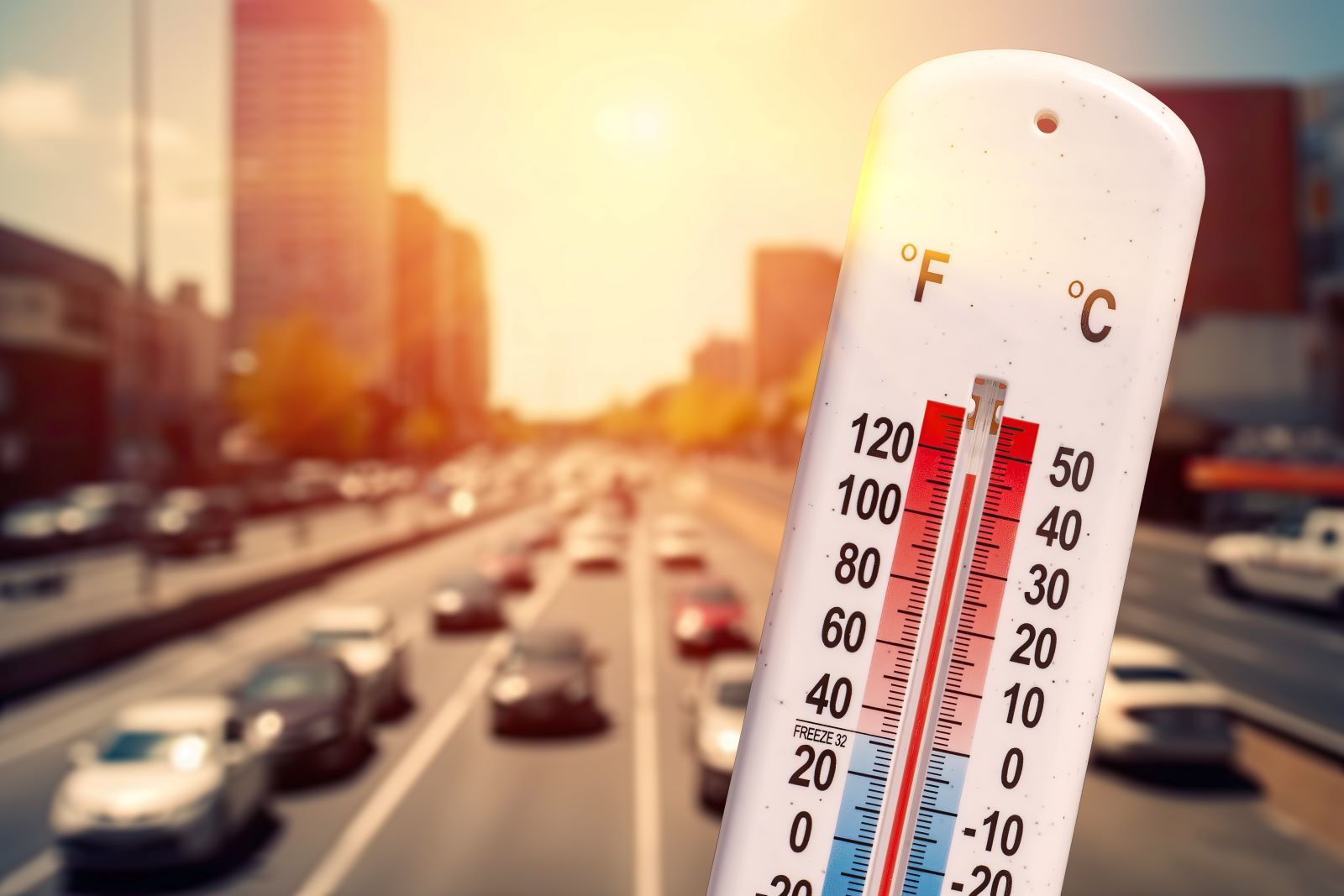
Image Credit: Shutterstock / Marc Bruxelle
Last week, temperature records were being broken across the nation. Temperatures soared to a blistering 95°F (35C) in New York, 98°F (36.6C) in Philadelphia, and a face-meltingly hot 120°F (49C) in Las Vegas. While that sounds bad enough, it may have been even worse in the Bronx.
The Bronx
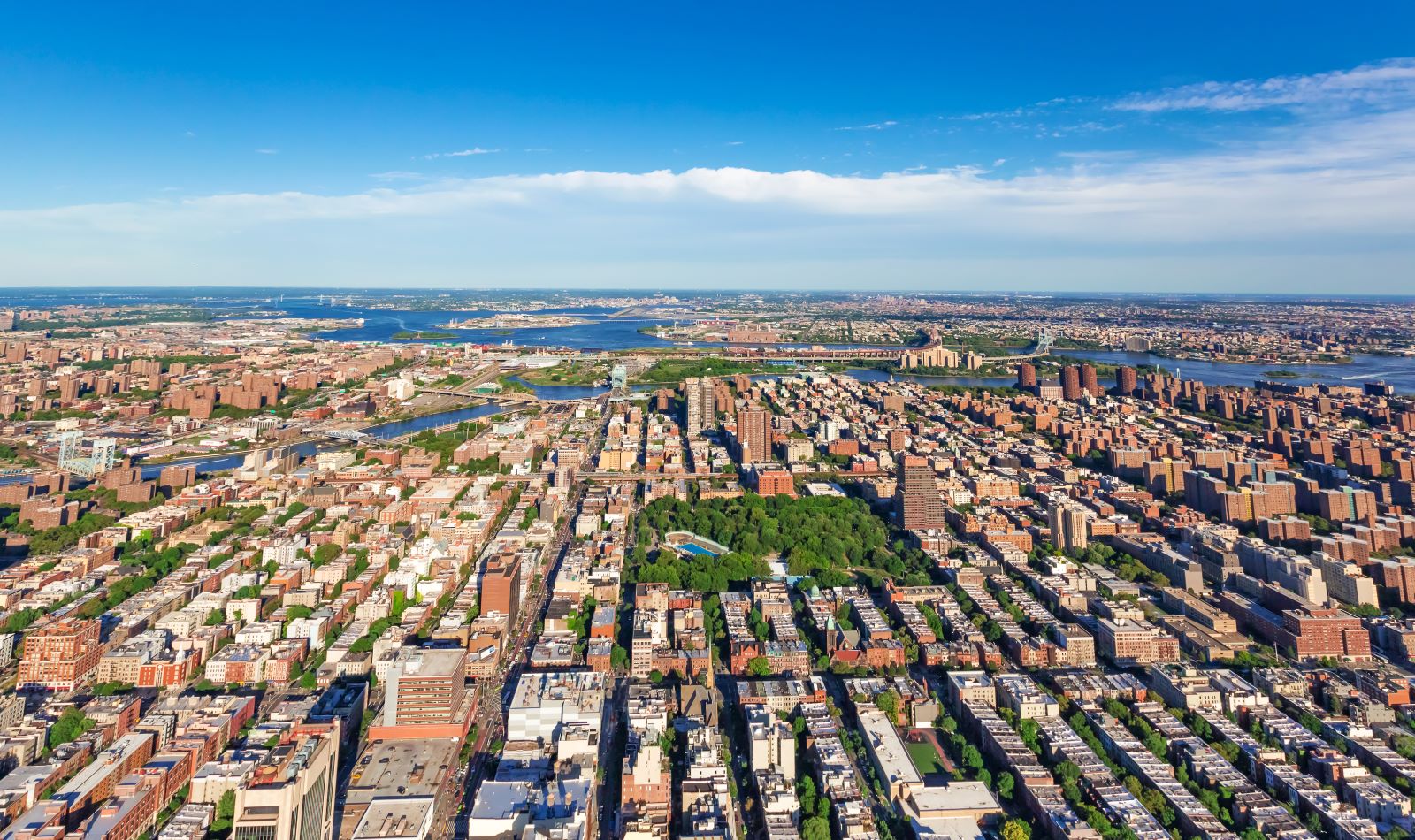
Image Credit: Shutterstock / TierneyMJ
The Bronx is a concrete jungle. An area of New York where the heat hits especially hard, with temperatures often feeling hotter than usual due to a combination of community poverty, inadequate healthcare, and severe air pollution.
When Home Is Too Hot to Handle
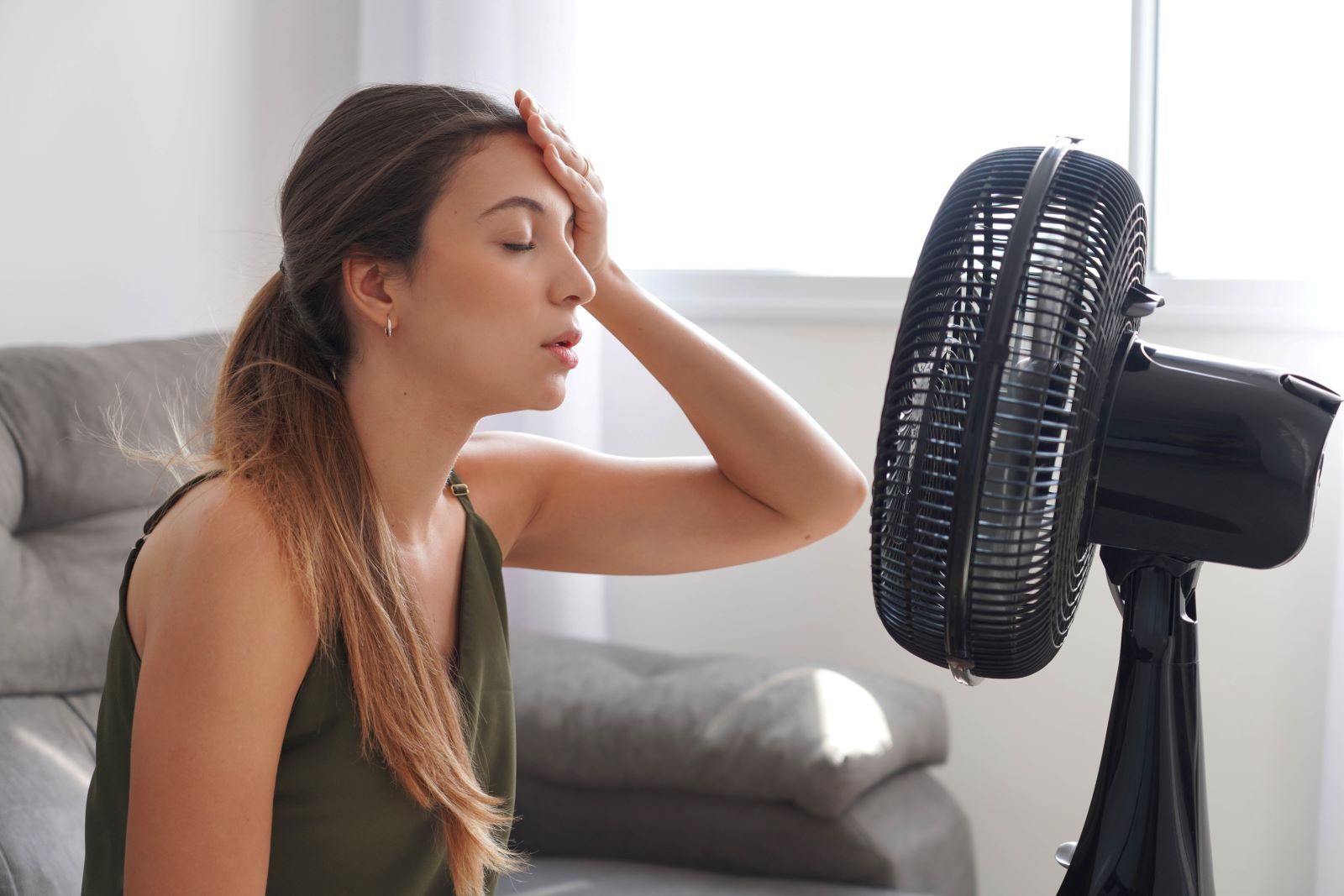
Image Credit: Shutterstock / Zigres
Locals found themselves seeking shelter in senior community centers, as running air conditioning at home was just too expensive. It’s a frequent issue.
Bridge Meltdown

Image Credit: Shutterstock / KazT
Just a few weeks before in the Bronx it was so hot that a swing bridge connecting to Manhattan got jammed open for hours, after the metal expanded. In the end, boats had to be used to pump water on it and cool it down – a Band-Aid to a bigger issue.
The Pollution Puzzle
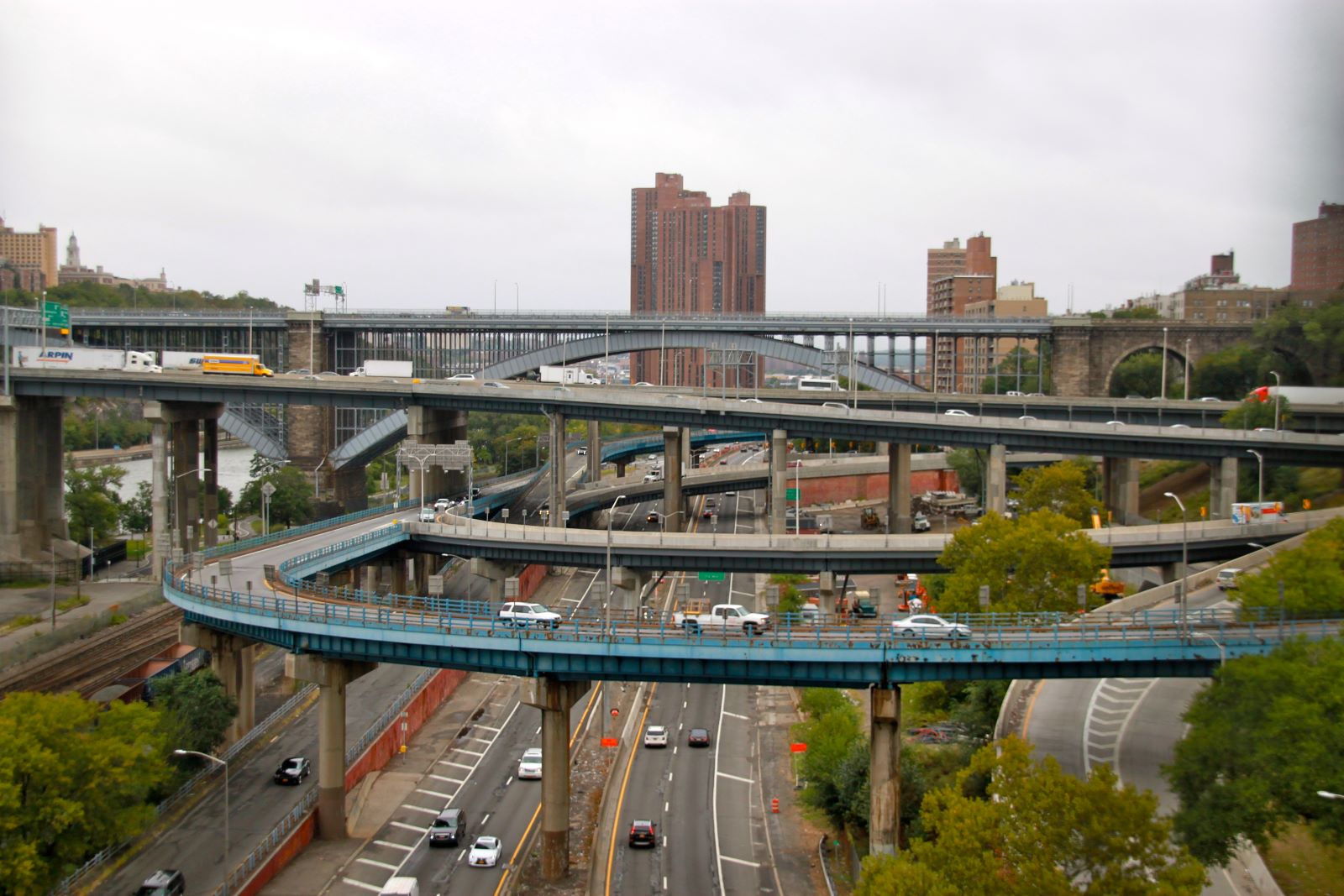
Image Credit: Shutterstock / quiggyt4
But that’s not even the worst of it. MIT has just come out with an eye-opening study about air pollution in the Bronx. Unlike previous research that only looked at where people live or work, this study took a more comprehensive approach.
Tracking Toxins
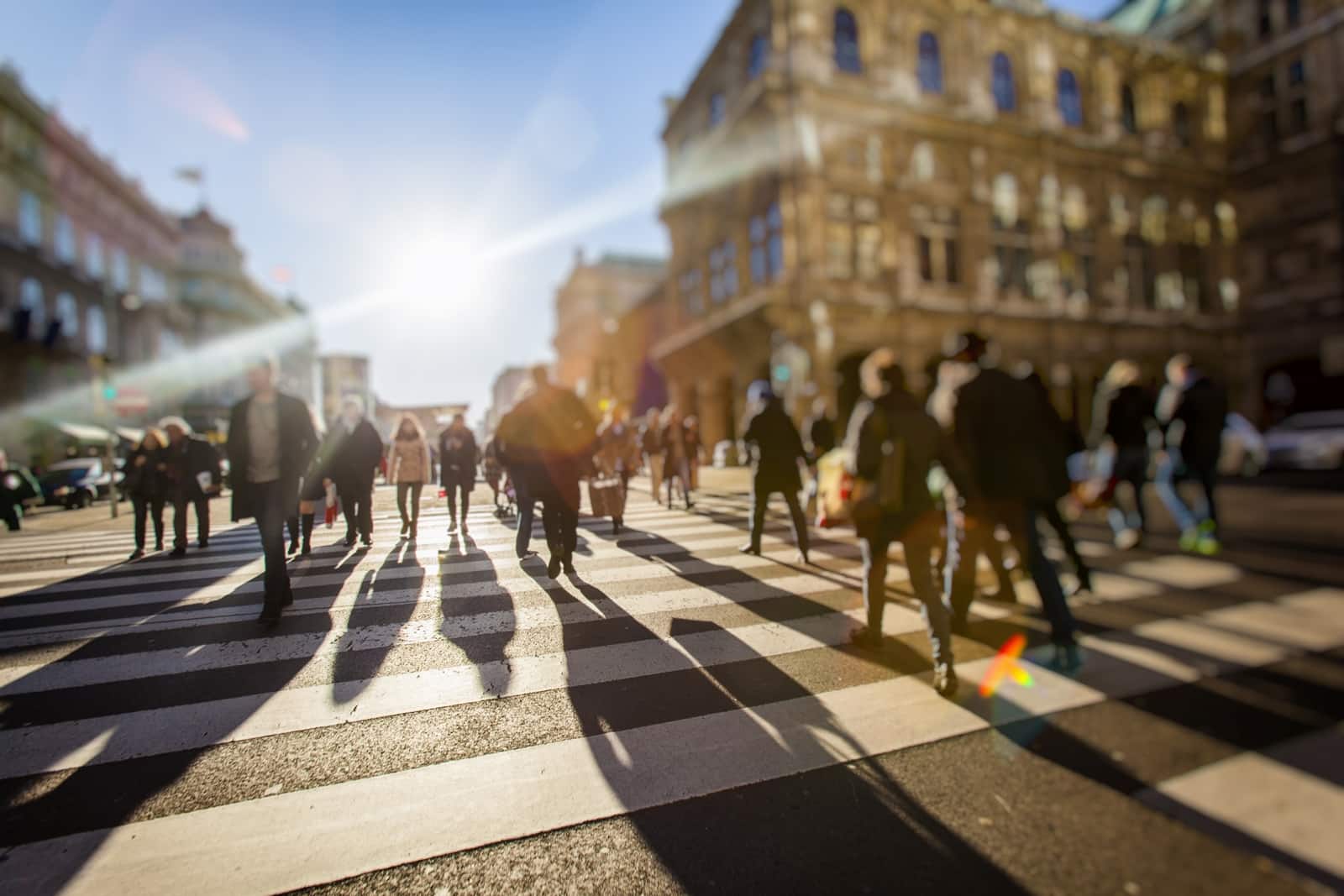
Image Credit: Shutterstock / BABAROGA
The researchers used mobile data to track people’s daily movements, giving a more accurate picture of real-world pollution exposure.
Pollution Exposure Worse Than We Thought
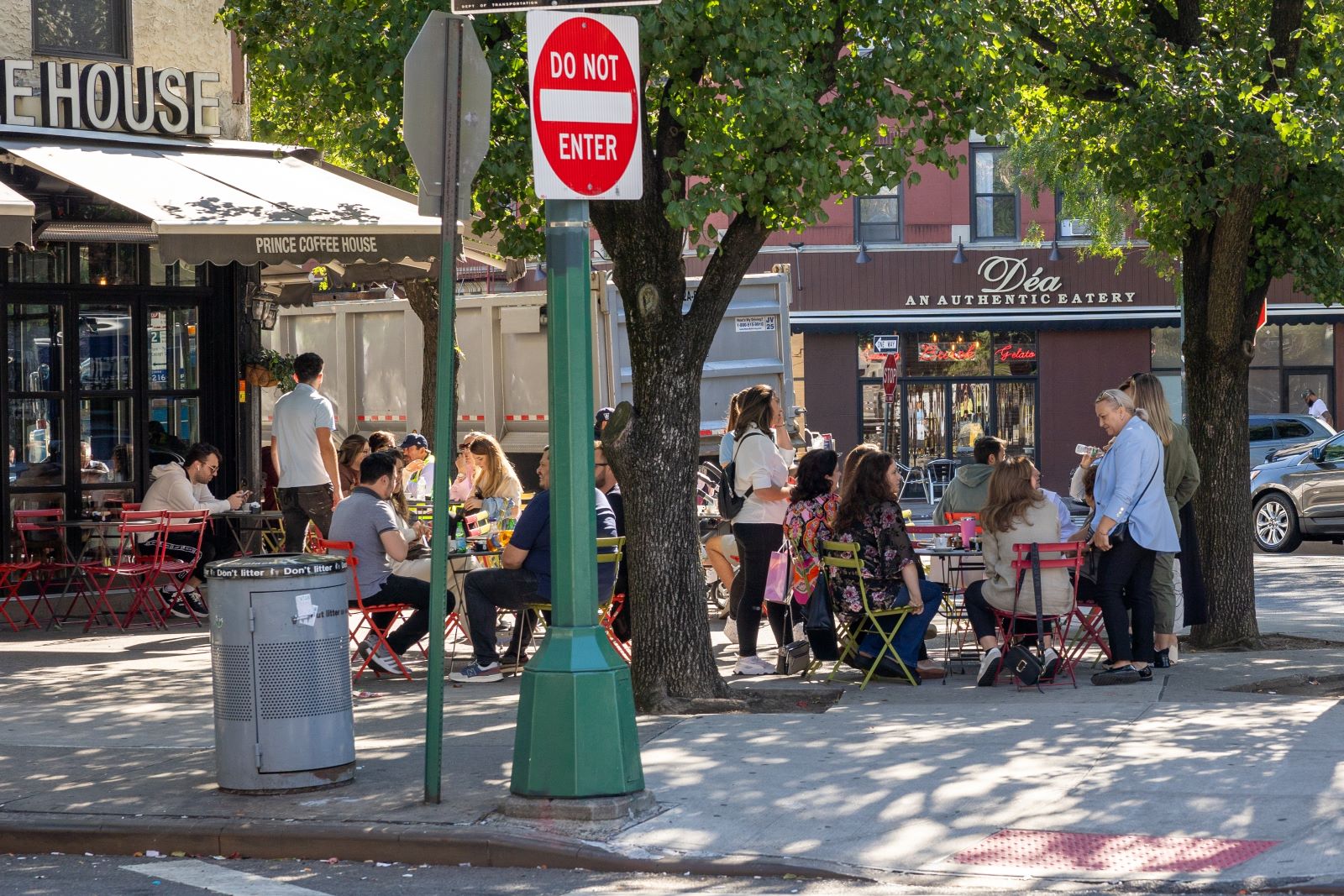
Image Credit: Shutterstock / erremmo.com
Well, once you factor in all the places Bronx residents go throughout the day, it turns out that locals are exposed to a lot more air pollution than we previously thought.
Mapping Misery
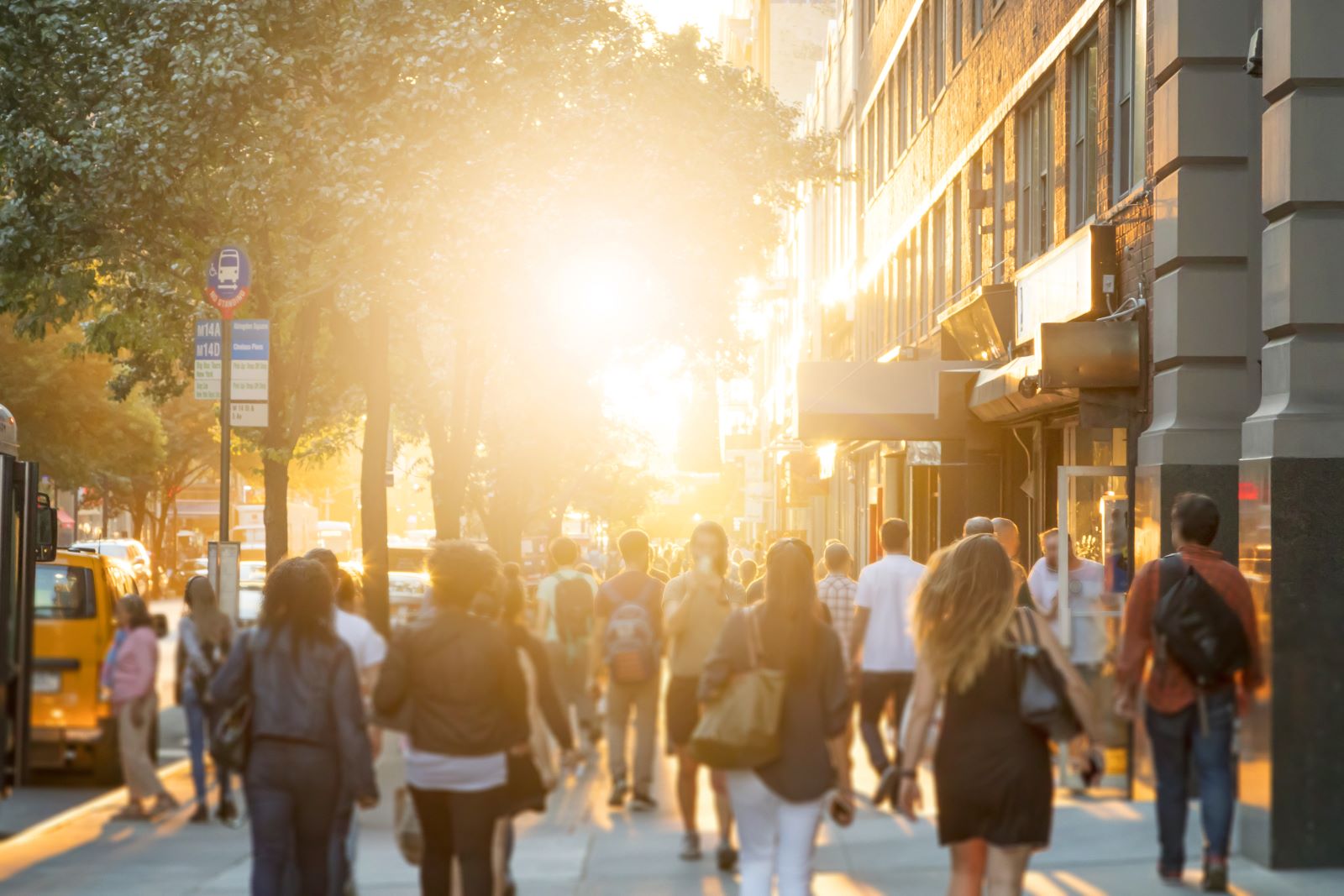
Image Credit: Shutterstock / Ryan DeBerardinis
“By combining air quality data with detailed mobility patterns, we can construct accurate trajectories of people’s exposure,” said study co-author Paolo Santi to Phys.org.
A Small Number with Big Consequences

Image Credit: Shutterstock / Hung Chung Chih
After factoring in daily travel, researchers found that exposure to harmful air particles increased by almost 2.5%.
Urban Inferno
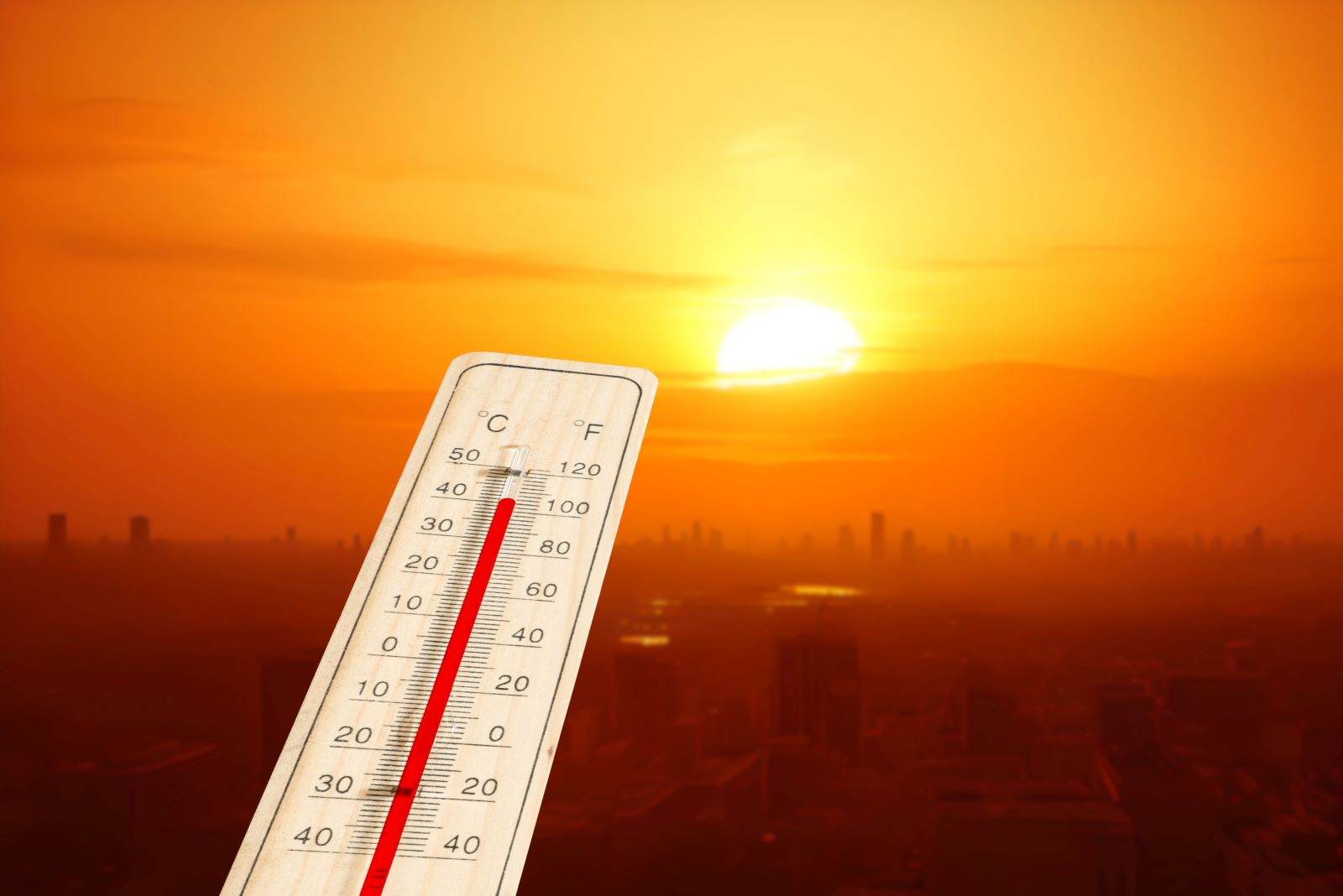
Image Credit: Shutterstock / Bartolomiej Pietrzyk
The Bronx’s neighborhoods are lined with heat-absorbing buildings and there’s a lack of green spaces, making the summer heat even more unbearable. Many residents – particularly seniors and those more vulnerable – find that even short walks can be overwhelming in the heat.
The Fight for Cooler Communities
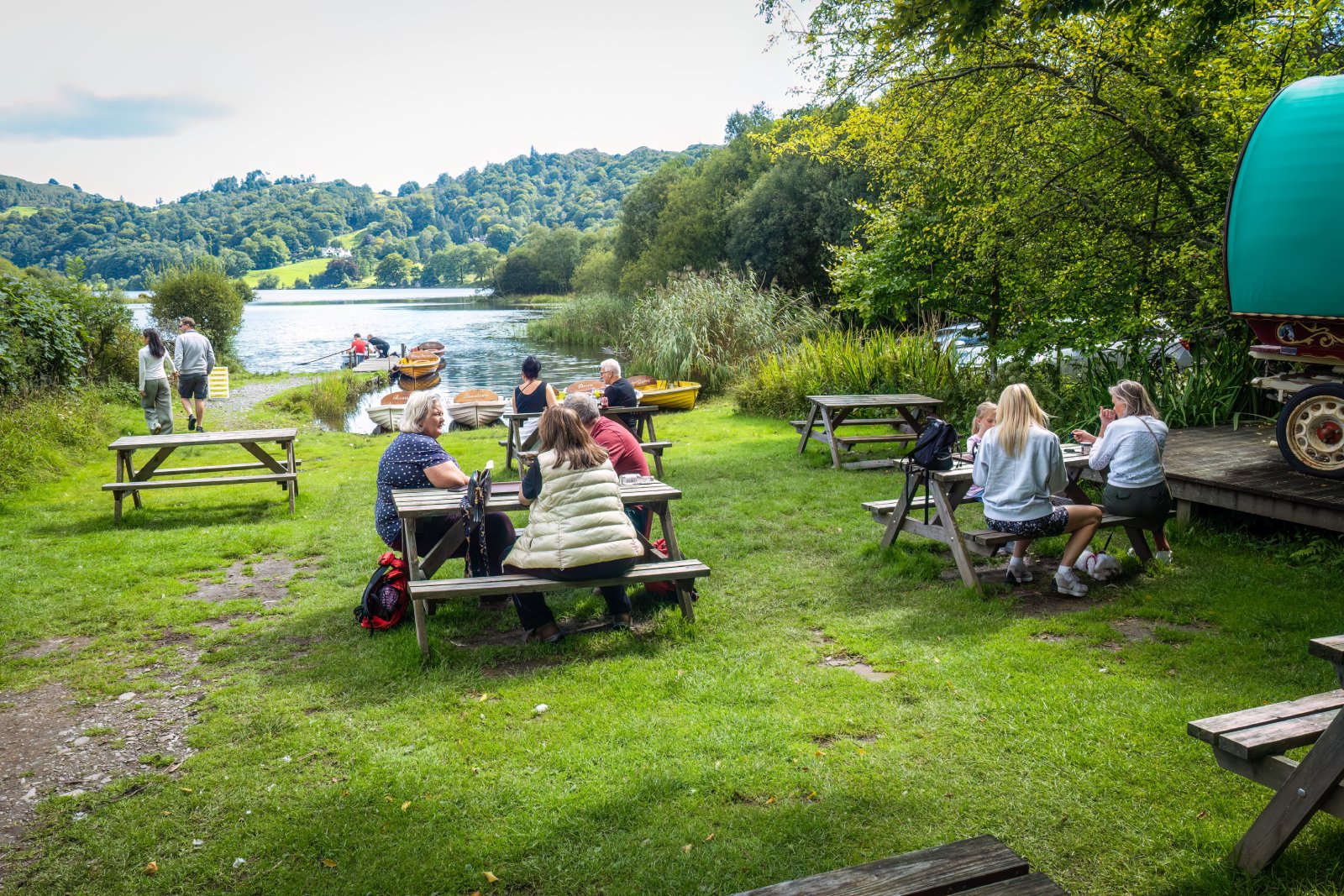
Image Credit: Shutterstock / Pete Stuart
Community leaders have been pushing for more green spaces to help address these issues, but without funding there’s not much that can be done.
Turning City Vehicles into Data Collectors

Image Credit: Shutterstock / The Bold Bureau
The study, which was published in the science journal Nature Cities, used solar-powered environmental sensors mounted on police cars, fire trucks, and other public service vehicles to collect air pollution data.
Using What We Have

Image Credit: Shutterstock / Africa Studio
The study was a success in more than one way, as it proved that cities can use the infrastructure they already have to track environmental conditions effectively and cheaply.
Big Data Reveals Big Disparities

Image Credit: Shutterstock / CarlosBarquero
Digging deeper, the researchers analyzed anonymized phone records from 500,000 people and 500 million daily location records. They found huge differences in pollution exposure, especially among different ethnic groups.
Bronx Gasps for Air

Image Credit: Shutterstock / D’Action Images
Health problems in the Bronx are escalating because the borough has the worst air quality in the entire city.
Asthma Alley

Image Credit: Shutterstock / Gorodenkoff
Asthma rates have soared to 2.5 times the city average. Areas like Hunts Point and Mott Haven are struggling with a surge in emergency visits due to breathing-related issues.
Heat’s Deadly Toll
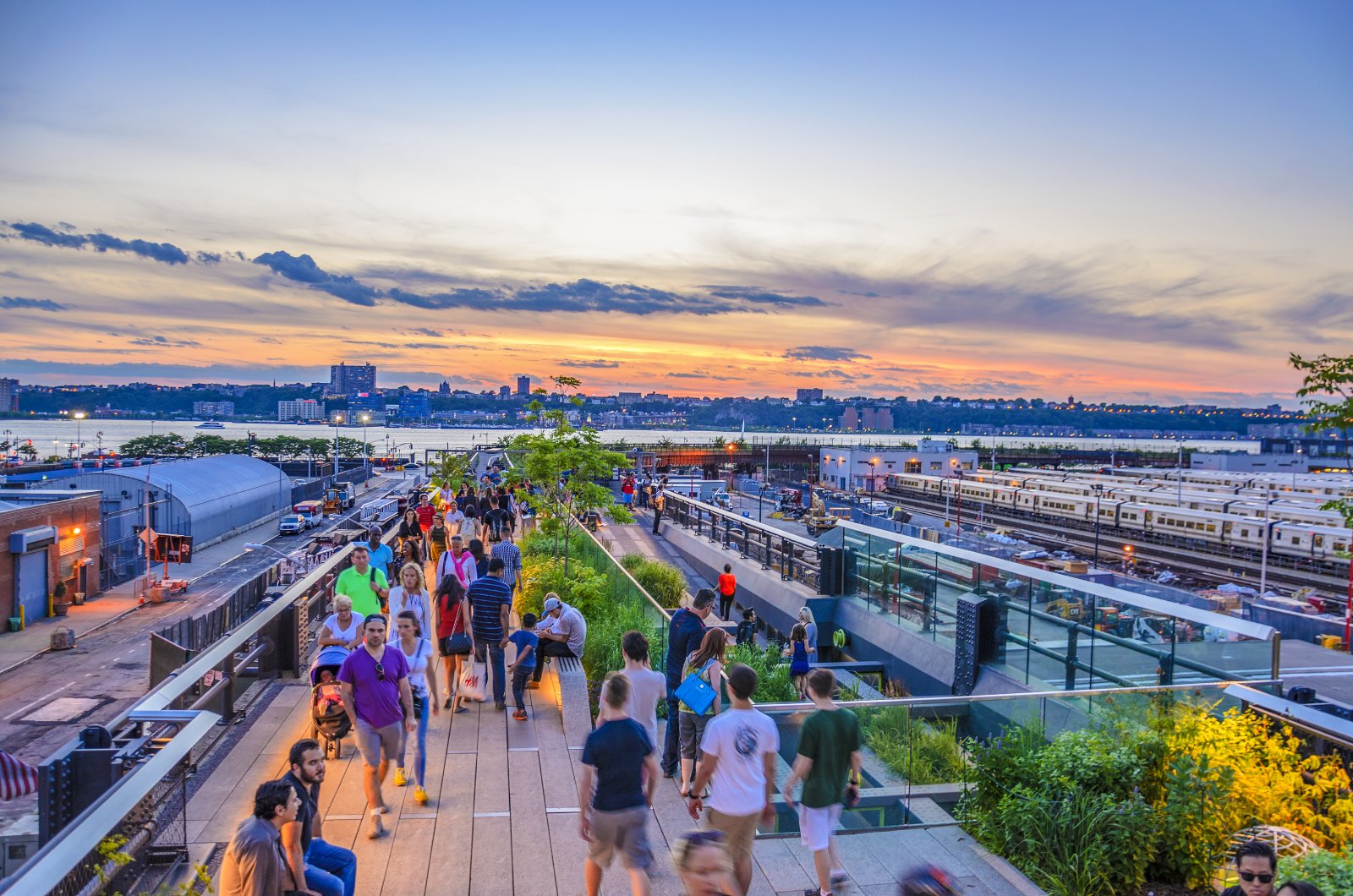
Image Credit: Shutterstock / Pit Stock
A recent city report found that around 350 New Yorkers die each year from heat-related health problems. Black residents are twice as likely to be affected compared to white residents. A major issue is that many Bronx homes lack air conditioning, making the heat even more unbearable.
Climate Change Cranks Up the Thermostat
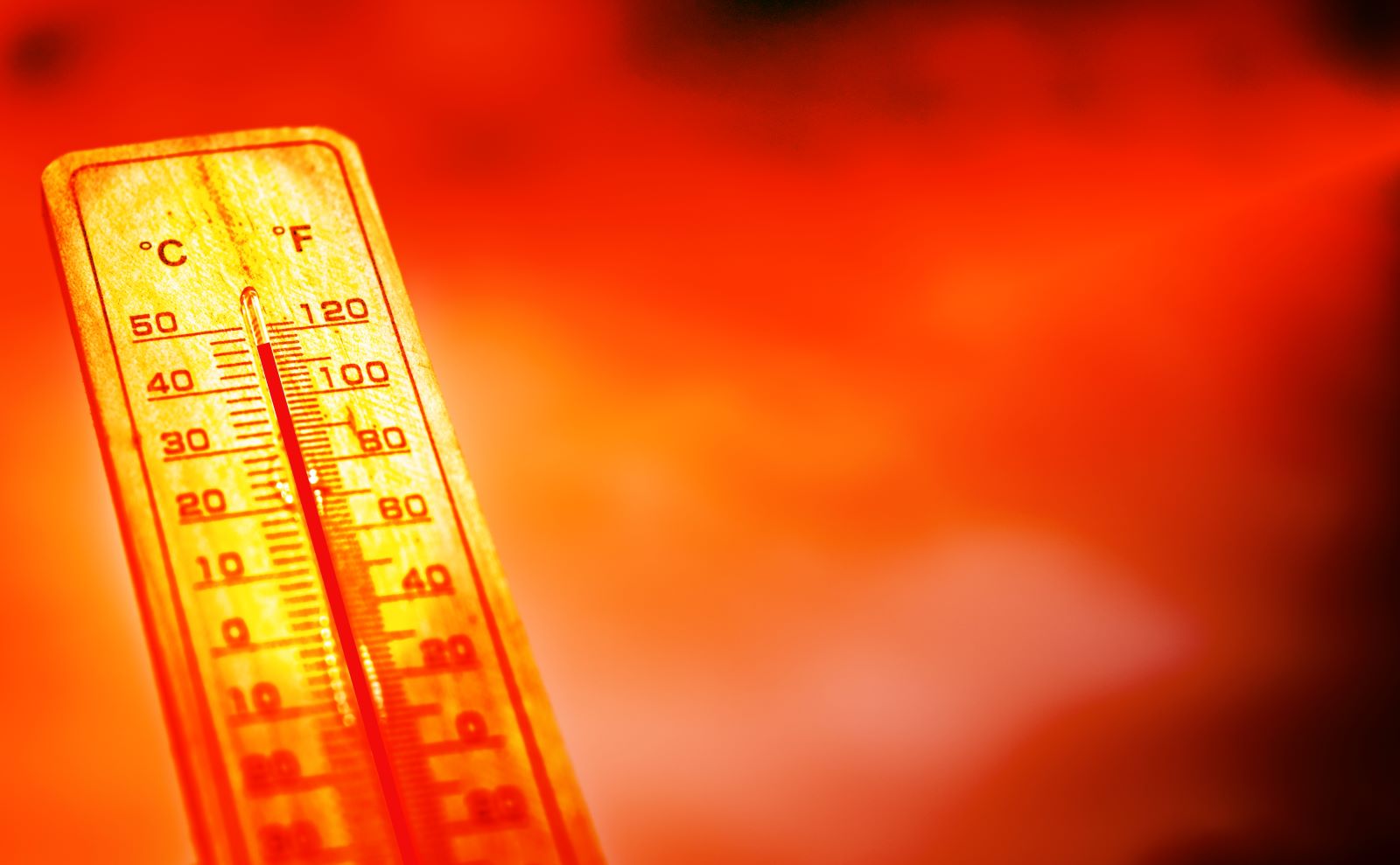
Image Credit: Shutterstock / simon jhuan
Deadly heat waves are becoming more frequent due to climate change. But there’s hope – studies like this are helping protect city dwellers.
Tech to the Rescue
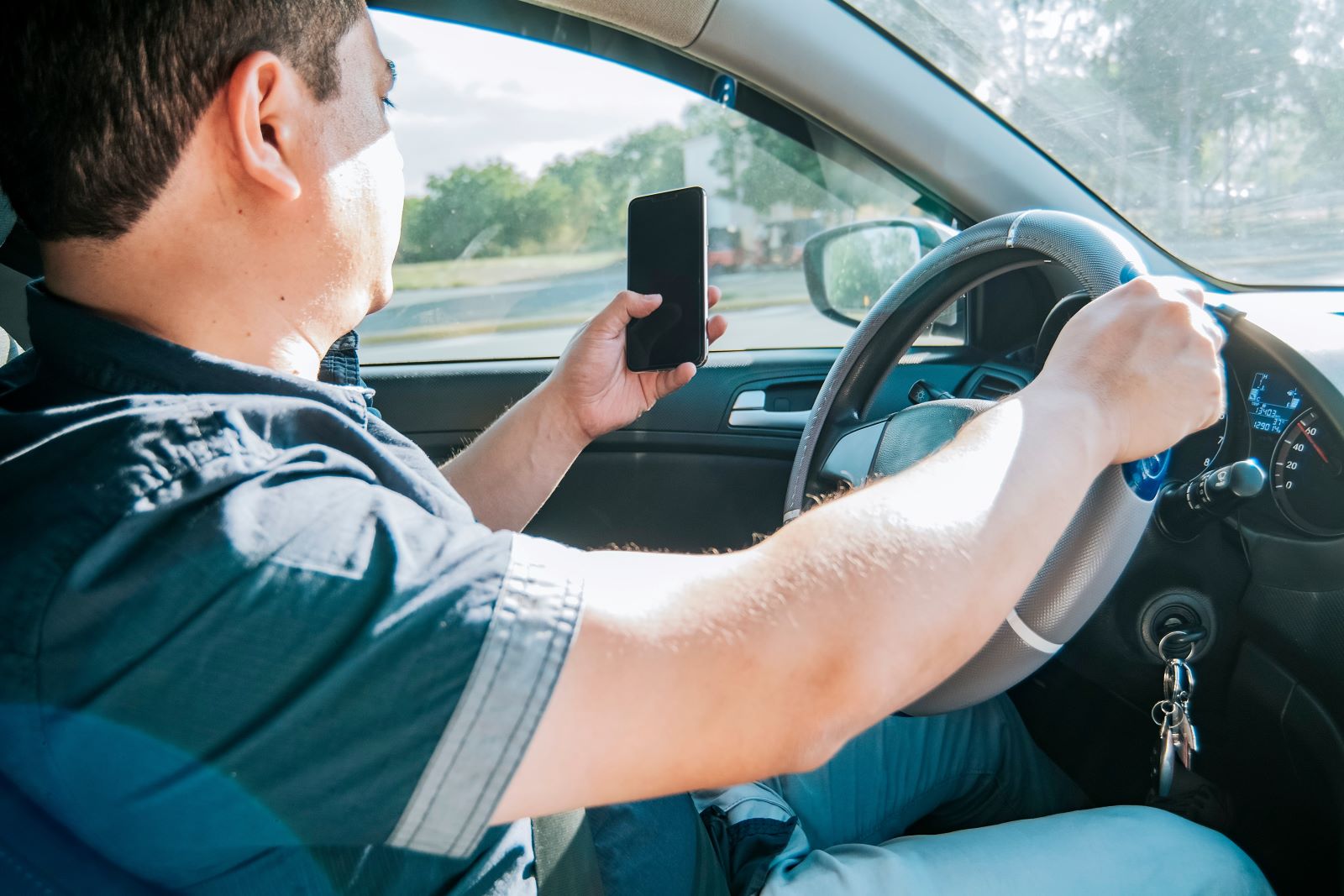
Image Credit: Shutterstock / Netpixi
This research shows how mobile data and vehicle sensors could create widespread monitoring systems – an idea that might catch on in cities nationwide. As the climate keeps changing, these monitoring systems could be crucial for creating smart plans to protect at-risk communities.
Government’s Role in Cooling the Crisis

Image Credit: Shutterstock / Salivanchuk Semen
It’s more important than ever for the federal and local governments to focus on fixing these issues.
Oil Dumping Scandal Rocks Ships Heading to New Orleans

Image Credit: Shutterstock / Aerial-motion
Two shipping companies have been fined after knowingly hiding a large oil spill in the Atlantic Ocean. Oil Dumping Scandal Rocks Ships Heading to New Orleans
20 Eye-Opening Realities Facing Retiring Baby Boomers
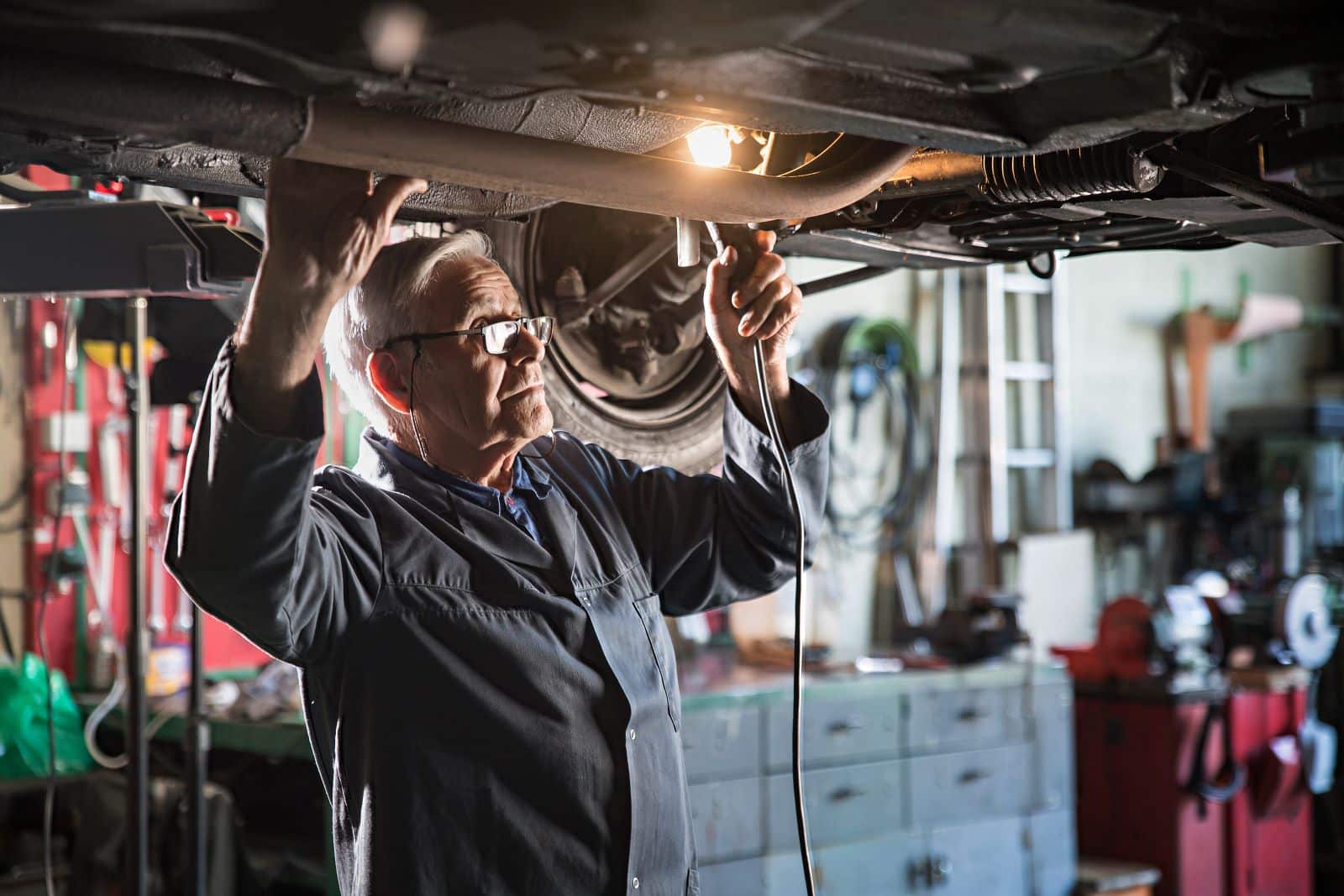
Image Credit: Shutterstock / Jack Frog
As Baby Boomers approach retirement, the promise of leisure and security often seems unattainable. This generation faces unique challenges that could redefine retirement. Here’s a stark look at the realities shaping their outlook. 20 Eye-Opening Realities Facing Retiring Baby Boomers
Retail Apocalypse: Massive Closures Sweep Across U.S. Brands

Image Credit: Shutterstock / Tada Images
Stores across the U.S. are closing at unprecedented levels, according to new research from advisory firm Coresight Research. Read on for more information about the impact this could have on you and your communities. Retail Apocalypse: Massive Closures Sweep Across U.S. Brands
Featured Image Credit: Shutterstock / eddtoro.

